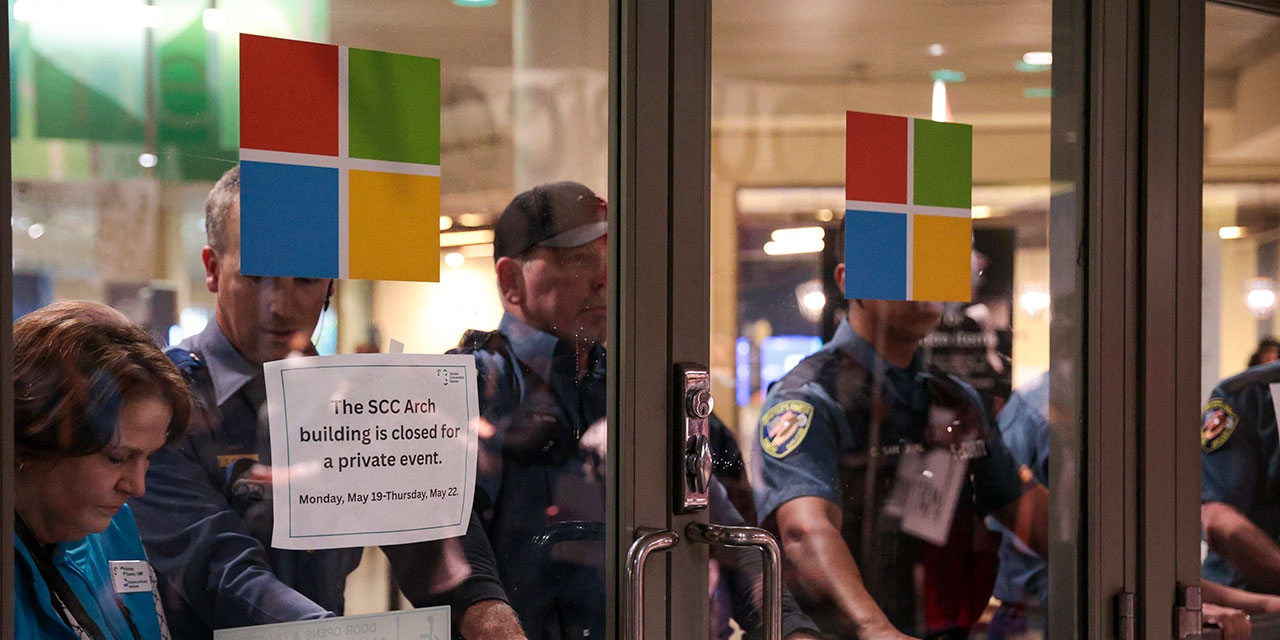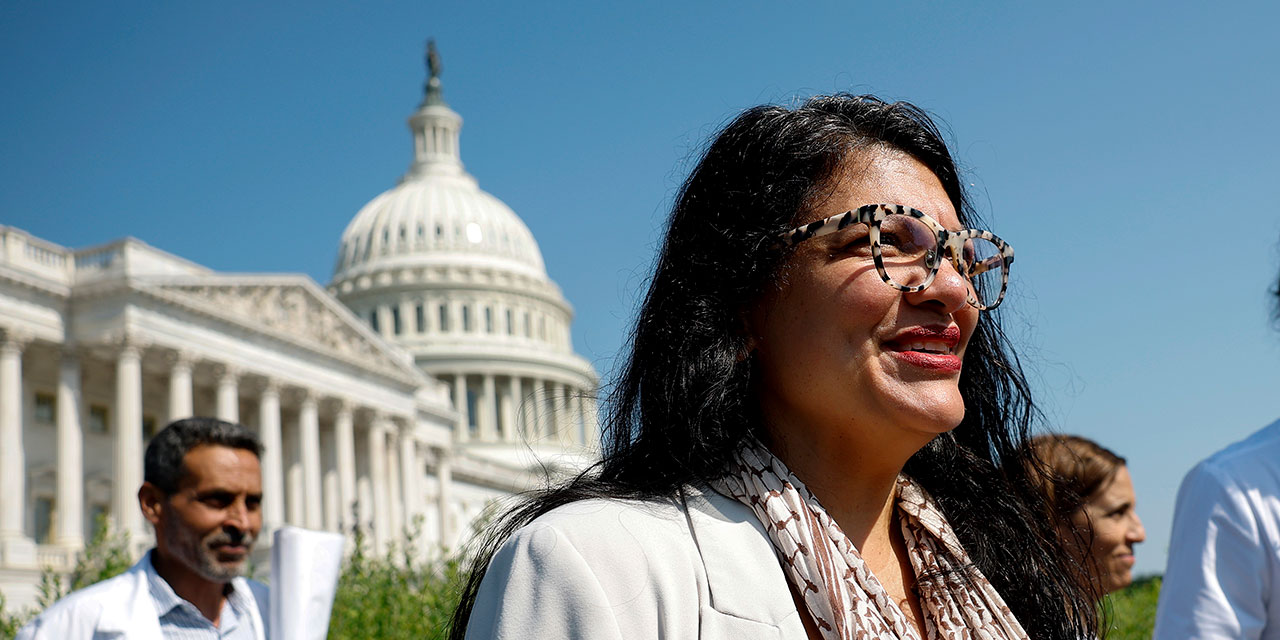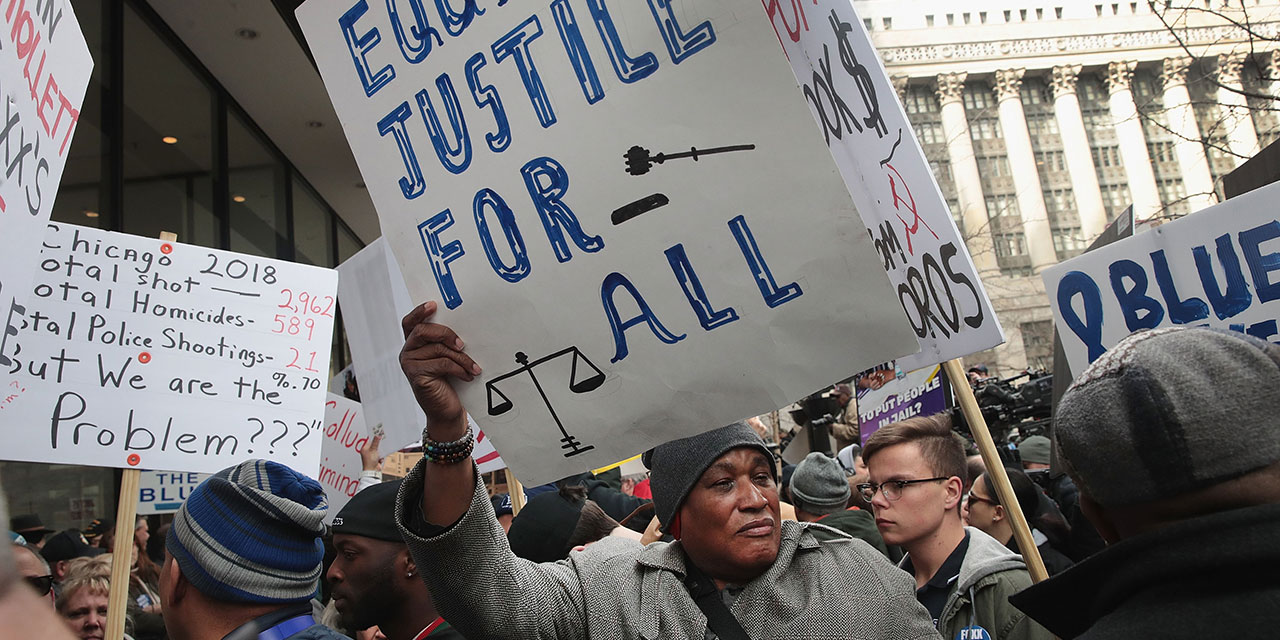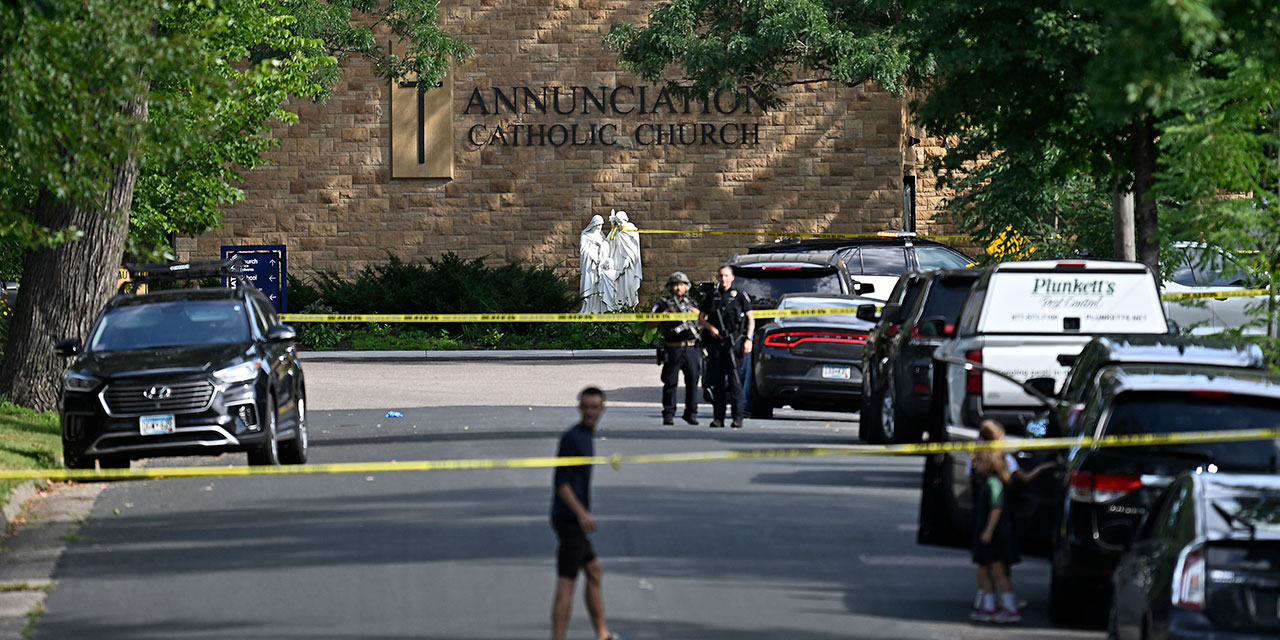Members of Congress are about to face a tough choice: should they vote to replace America’s scandalously antiquated air-traffic control system with one that would be safer and cheaper, reduce the federal deficit, conserve fuel, ease congestion in the skies, and speed travel for tens of millions of airline passengers? Or should they maintain the status quo to please the lobbyists representing owners of corporate jets?
If that choice doesn’t sound difficult, then you don’t know the power that corporate jet-setters wield in Congress. They’re the consummate Washington crony capitalists: shameless enough to demand that their private flights be subsidized by the masses who fly coach, savvy enough to stymie reforms backed by Democratic and Republican administrations.
Finally, a reason to check your email.
Sign up for our free newsletter today.
While the rest of the industrialized world has been modernizing air-traffic control, the United States remains mired in technology from the mid-twentieth century. Controllers and pilots rely on ground-based radar and radio beacons instead of GPS satellites. They communicate by voice over crowded radio channels because the federal government still hasn’t figured out how to use text messaging. The computers in control towers are so primitive that controllers track planes by passing around slips of paper.
The result: an enormous amount of time wasted by passengers, especially those traveling in the busy airspace of the Northeast. Because the system is so imprecise, planes have to be kept far apart, which limits the number of planes in the air—leaving passengers stranded at terminals listening to the dread announcements about “air traffic delays.” When they do finally take off, they’re often delayed further because the pilot must fly a zig-zag course following radio beacons instead of saving time and fuel by taking a direct route.
This archaic system is run by the Federal Aviation Administration, whose modernization program is hopelessly behind schedule and over budget. Reformers want the United States to follow the example of more than 60 countries by taking managerial authority away from the government’s transportation agency. The FAA would still carry out its main function as an aviation safety regulator, but it can do that job better if it’s not also running the system—a dangerous conflict of interest.
The Trump administration is pushing Congress this month to turn over the air-traffic control system to a not-for-profit corporation supported by user fees instead of tax dollars. It would resemble Nav Canada, which has won high praise from the aviation community for modernizing Canada’s system while reducing costs. Nav Canada’s controllers use GPS technology and text messaging, as do the controllers at the corporation that has taken over the United Kingdom’s system.
The federal air-traffic controllers union has long opposed setting up a similar corporation in the United States, but the system has gotten so bad that even these federal employees now support the reform. So do nearly all the major airlines and the unions representing pilots and flight attendants. The reform stands a good chance of passing the House, where it’s being championed by Rep. Bill Shuster (R-Penn) and the Republican leadership. But its prospects are more uncertain in the Senate, where Democrats will oppose, as usual, any form of privatization that would reduce their campaign contributions from federal-employee unions, and some Republicans are wavering as well.
Robert W. Poole, Jr., the Reason Foundation transportation analyst who has led the reform effort for decades, explains the political problem by invoking “the tyranny of the status quo,” a Milton Friedman phrase. “The obstacle to reform is all the people in the status quo who stand to lose, starting with the members of Congress who now micromanage the FAA and control its appropriations,” Poole says. “The business-jet and private-plane people incorrectly fear that they would no longer get a practically free ride. There’s huge fear and opposition in rural states and small cities that have been bamboozled into thinking that their control towers are at risk.”
The National Business Aviation Association (NBAA), a corporate-jet trade group, has largely organized and funded this resistance. Business jets consume more than 10 percent of all air-traffic control services, but their fuel taxes cover only 1 percent of the FAA’s budget. These business flyers are being subsidized by taxes on airline passengers, and the NBAA has fought every attempt to curtail their freeloading.
A CEO on a Gulfstream doesn’t make a great poster child for government welfare, so the NBAA has spotlighted other groups enjoying subsidies under the current system, like small-town airports and private pilots (though they’re not exactly poverty-stricken, either). The trade group whipped up fears that major airlines would take over the system and impose crippling fees and restrictions. These claims were baseless because the airlines would be a distinct minority on the new corporation’s board, but the NBAA spread the fears by bankrolling front groups, including one called the Alliance for Aviation Across America.
“Tax records indicate that NBAA provides nearly all of the funding for these front groups and that they’re operated by NBAA employees or contractors,” says Marc Scribner of the Competitive Enterprise Institute. “These groups have been trotting out an interesting cast of characters—from former astronauts to ‘Hero of the Hudson’ Chesley ‘Sully’ Sullenberger—to spread lies about air traffic control reform in a desperate attempt to maintain NBAA’s unfair and outsized political influence over U.S. aviation.”
After the NBAA succeeded last year in quashing congressional legislation, the reformers tried to placate their foes. This year’s bill guarantees extra funding for rural airports and seats on the board of the new ATC corporation for small airports and small airlines, further diluting the major airlines’ power. The reformers, who’d already exempted noncommercial planes from paying user fees in the new system, added an exemption this year for corporate planes, too, thereby allowing the NBAA’s jet set to continue freeloading off airline passengers.
Yet the NBAA has persisted in its opposition, citing vague fears that the reform “will hand over the system to a private board outside of congressional control.” At first glance, this makes no sense, as the corporate jet-setters would come out way ahead in the new system, enjoying more reliable air-traffic guidance and faster, cheaper flights without paying extra. So why object to these freebies just because they’re provided by a not-for-profit corporation? It makes no difference to a pilot or plane owner if the system is “outside congressional control.”
The real danger, as the NBAA sees it, is that the trade group would have much less work to do in Congress, and thus, much less influence to peddle. That’s why the NBAA goes on fighting to preserve the existing system. To Washington lobbyists, the one thing more important than protecting clients is protecting themselves.
The reformers hope that they’ve finally got the votes to prevail over the NBAA, but they could use all the help they can get from the White House. If President Trump is looking for a Twitter target even less popular than kneeling NFL millionaires, he won’t find an easier one than the corporate jet set.
Photo by Spencer Platt/Getty Images




